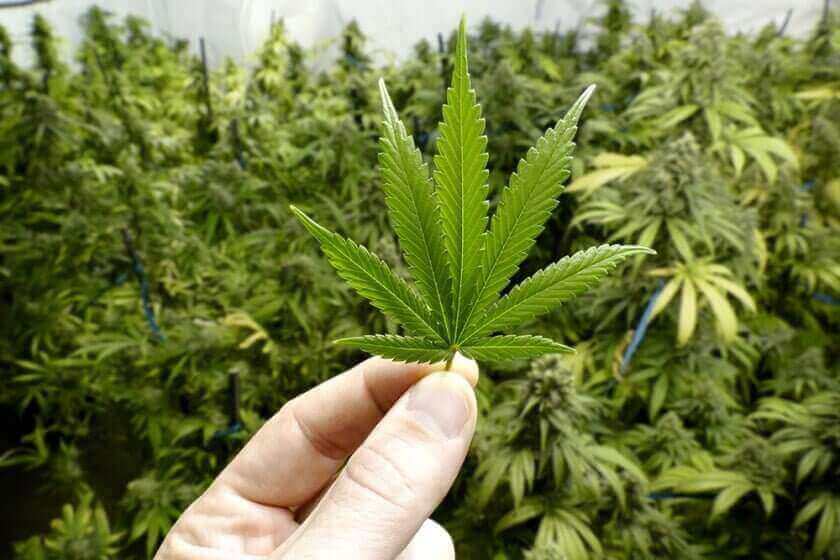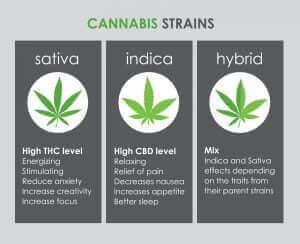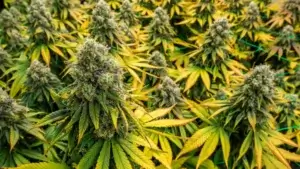Definition:
Cannabis refers to a group of plants, including Cannabis sativa, Cannabis indica, and Cannabis ruderalis, known for their production of cannabinoids and terpenes, which interact with the human body to produce various effects. A genus of flowering plants in the family Cannabaceae, cannabis is cultivated for its psychoactive and non-psychoactive compounds, including cannabinoids like THC and CBD, as well as its industrial and medicinal uses.
Purpose and Usage:
Cannabis is widely used for recreational, medicinal, and industrial purposes. Medicinally, it is used to manage conditions like chronic pain, anxiety, and epilepsy. Recreationally, it is valued for its psychoactive effects, while its industrial form (hemp) is used for textiles, paper, and biodegradable products.
How It Relates to Cannabis:
- Plant Varieties:
- Cannabis sativa: Typically uplifting, with higher THC-to-CBD ratios.
- Cannabis indica: Often relaxing, with balanced THC and CBD levels.
- Cannabis ruderalis: Shorter growing cycle, often used in hybrid breeding.
- Active Compounds:
- Contains cannabinoids like THC (psychoactive) and CBD (non-psychoactive).
- Produces terpenes, which contribute to its aroma and effects.
- Forms of Use:
- Medicinal: Oils, tinctures, capsules, or raw flower.
- Recreational: Smoked, vaporized, or ingested as edibles.
- Industrial Hemp: Used for fiber, seed oil, and biodegradable materials.
Common Misconceptions:
- Cannabis only refers to marijuana: Cannabis encompasses all plants in the genus, including hemp, which is low in THC.
- Cannabis is always psychoactive: Industrial hemp and products like CBD are non-psychoactive.
- Cannabis use is inherently harmful: While abuse can cause harm, many forms of cannabis offer therapeutic or industrial benefits.
Alternatives:
- Hemp: A non-psychoactive variety of cannabis with industrial applications.
- Synthetic Cannabinoids: Laboratory-made compounds mimicking cannabis effects.
Importance of Cannabis:
Cannabis plays a multifaceted role in society, spanning medical, recreational, and industrial domains. Its compounds contribute to groundbreaking research in health and wellness, while its fibers and seeds serve sustainable industrial purposes. Understanding cannabis helps demystify its uses and potential benefits, fostering informed and responsible use.







